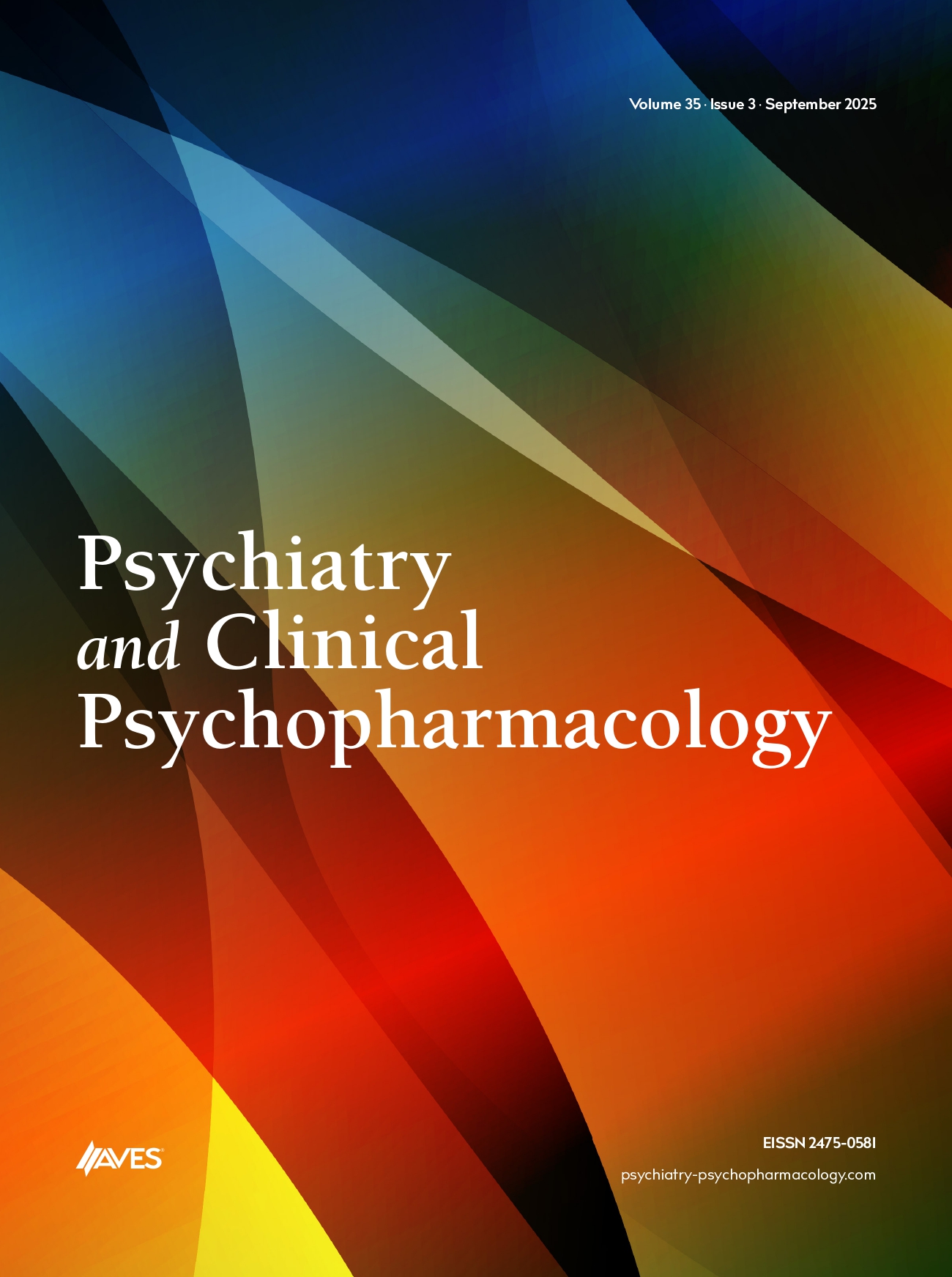The evidence-base for the psychopharmacological treatment of psychiatric disorders comes almost entirely from studies in patients with syndromes defined by the criteria in the Diagnostic and Statistical Manual of Psychiatric Disorders (DSM). Hence, evidence-based psychopharmacology algorithms can only be applicable to patients who were diagnosed using these criteria. The importance of accurately employing the classification system used in treatment research (i.e. - the DSM) will be illustrated with examples from algorithms developed by the Psychopharmacology Algorithm Project at the Harvard South Shore Program. Consider the depressive mood disorders. The DSM criteria for major depression require that patients have a depressed mood or diminished interest or pleasure, most of the day, nearly every day for two weeks. Often, clinicians do not make a point of establishing the depression as being present for more than 50% of the day. This results in misdiagnosis and inappropriate use of pharmacotherapy. Another mood disorder is bipolar depression (major depression in the context of bipolar disorder). The algorithm for this kind of depression is quite different from the one for non-bipolar depression. Classification is critical for applying the correct algorithm. In bipolar depression antidepressants come only after trial of several mood stabilizers, whereas antidepressants are the first-line pharmacotherapy for non-bipolar major depression. But, there is a problem: surveys indicate that the most common medications that bipolar patients receive are antidepressants. Psychotic depression is a mood disorder with an algorithm that is different from that for non-psychotic major depression or bipolar depression. Combinations of antipsychotics and antidepressants seem most effective. Surveys indicate clinicians seem unaware of this and prefer antidepressant monotherapy. In the major psychotic disorders, there are significant differences in the recommendations for medication use in schizophrenia compared with bipolar disorder with psychosis. We have well-delineated algorithms for the pharmacotherapy of both. However, this is not the case for schizoaffective disorder. This entity has questionable validity as defined by current criteria. There are plans to eliminate it from DSM-V. Yet, it is an extremely popular diagnosis in patients with mood and psychotic symptoms. Many clinicians employ idiosyncratic criteria and treat by clinical experience and improvisation. If diagnosed according to the DSM criteria, it should be an uncommon diagnosis. Available evidence indicates that patients meeting these criteria seem to comprise a heterogeneous population of individuals most of whom have variants of either schizophrenia or bipolar disorder. Use of the DSM classification for schizoaffective disorder would require the clinician to make their best estimate as to whether the patient has a schizophrenia variant (often these are schizoaffective, depressed type) or likely to have a bipolar variant (often meeting criteria for schizoaffective, bipolar type). If the former, it would be recommended to initiate treatment with the schizophrenia algorithm and if the latter, to try the bipolar mania algorithm. If the algorithm selected is producing unsatisfactory response, one would consider switching to the other algorithm.


.png)
.png)